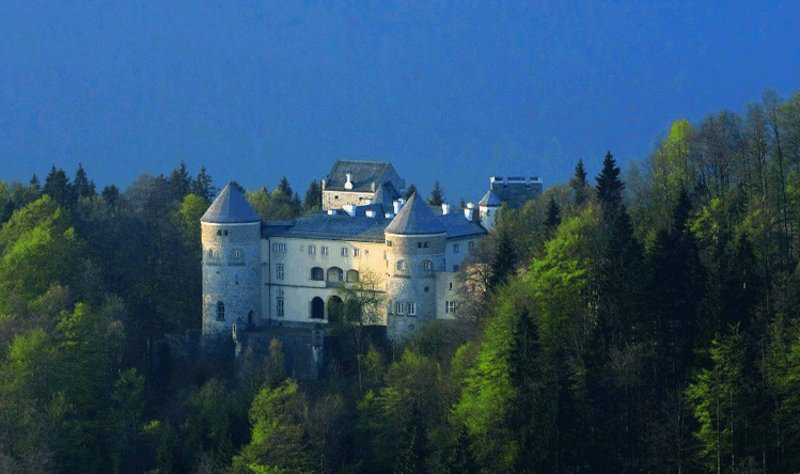Speaker
Description
In solution and at room temperature, UV-Vis spectra of similar molecules are generally broad, strongly overlapping, and barely distinguishable. IR spectra, on the other hand, typically show species-specific features. This specificity is exploited by vibrationally exciting one species with a narrow band (10 – 20 cm$^{-1}$) IR pulsed laser. During the vibrational lifetime, a second non-resonant UV-Vis pulse follows. If the electronic spectrum exhibits an IR-induced shift, the molecule is brought into resonance with the UV-Vis pulse. The system can be then probed in the electronically excited state in a species-specific manner, e.g. by another IR pulse. In this contribution, two applications of this method called VIPER (Vibrationally Promoted Electronic Resonance) are presented [1]. It is firstly shown that chemical exchange between hydrogen-bonded and free molecular species can be probed on a time scale beyond the vibrational lifetime [1,2], and secondly, that one molecular species in a mixture of near-identical species be pre-selected in order to induce and monitor its photochemistry [3].
[1] L. J. G. W. van Wilderen, A. T. Messmer, and J. Bredenbeck, Angew. Chem. Int. Ed. 53 (10), 2667–2672 (2014).
[2] L. J. G. W. van Wilderen and J. Bredenbeck, Angew. Chem. Int. Ed. 54 (40), 11624–11640 (2015)
[3] D. Kern-Michler, C. Neumann, N. Mielke, L. J. G. W. van Wilderen, M. Reinfelds, J. von Cosel, F. Santoro, A. Heckel, I. Burghardt, and J. Bredenbeck, J. Am. Chem. Soc. doi: 10.1021/jacs.7b08723 (2018).

